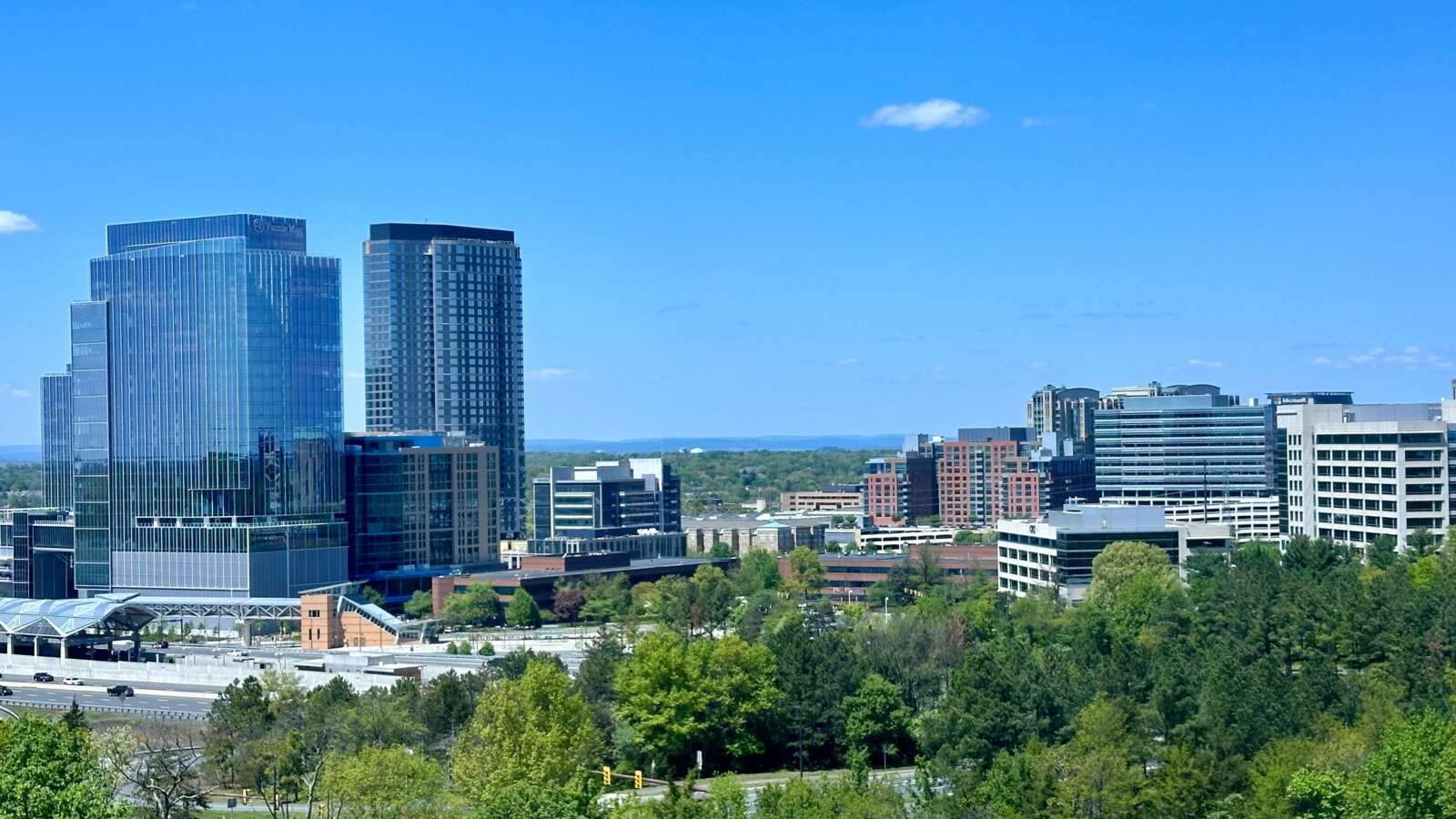 This is an opinion column by Del. Ken Plum (D), who represents Reston in Virginia’s House of Delegates. It does not reflect the opinion of Reston Now.
This is an opinion column by Del. Ken Plum (D), who represents Reston in Virginia’s House of Delegates. It does not reflect the opinion of Reston Now.
With the outcomes of the elections in 2019 Virginia may be considered by some to be in an altered state. While the flipping of the legislature from red to blue will have consequences, actual proposed changes will not be known until campaign rhetoric is translated into legislative languages, a multitude of interest groups and individuals have weighed in, and the level of political will for significant change can be measured by votes in legislative committees and on the floors of the House and Senate. Readers of this column will be getting steady reports over the next weeks and months following the beginning of the next 400 years of the Commonwealth.
In the meantime, it is helpful to step back as much as that is possible and to closely examine where we are today as a baseline in moving forward. The Commonwealth is a wealthy state–twelfth wealthiest among the states. That is not common wealth however. Three regions of Virginia that make up the Golden Crescent from Northern Virginia through Tidewater exceed U.S. per capita income. Northern Virginia jurisdictions have a per capita income level greater than Connecticut which is the highest in the nation. At the same time, three regions of Virginia in Southwest and Southside have per capita income less than Mississippi, the poorest state in the country. Parts of Virginia are the wealthiest while other parts are the poorest in the United States. Even with its great diversity in income Virginia continues to have the lowest state minimum wage in the country at $7.25 which had it simply kept up with inflation would be $10.54.
Virginia is certainly not unique among the states in having broad differences in growth rates and wealth within its boundaries. There are many factors that create differences. From a public policy perspective, it is important that Virginia be viewed in its uncommon aspects as well as generalized as a state on the whole. One size seldom fits all, and certainly the diversity of Virginia requires that its unique regions be considered in any statewide policies and programs.
Unfortunately, the regional differences seen in per capita income are reflected in the growth rate, educational level, life span and many other measures of the health of the state. Northern Virginia grew by about 12 percent in population between 2010 and 2017, central Virginia by about 7 percent while Southside declined by 2.5 percent and Southwest by 4 percent.
A recent national America’s Health Ranking report shows Virginia moving up from 20th to 15th among the states in health rankings. A big drop in persons smoking–29 percent to about 15 percent of adults–helped. At the same time there has been a significant increase in drug-related deaths over the past three years, from 10.1 deaths per 100,000 people to 15.4.
The diversity of the state will impact the business of the legislature. I will discuss these and further aspects of the Commonwealth at a State of the Commonwealth Breakfast this Friday, the 3rd of January, at the Hidden Creek Country Club in Reston at 8 am. RSVP to secure.actblue.com.
File photo





